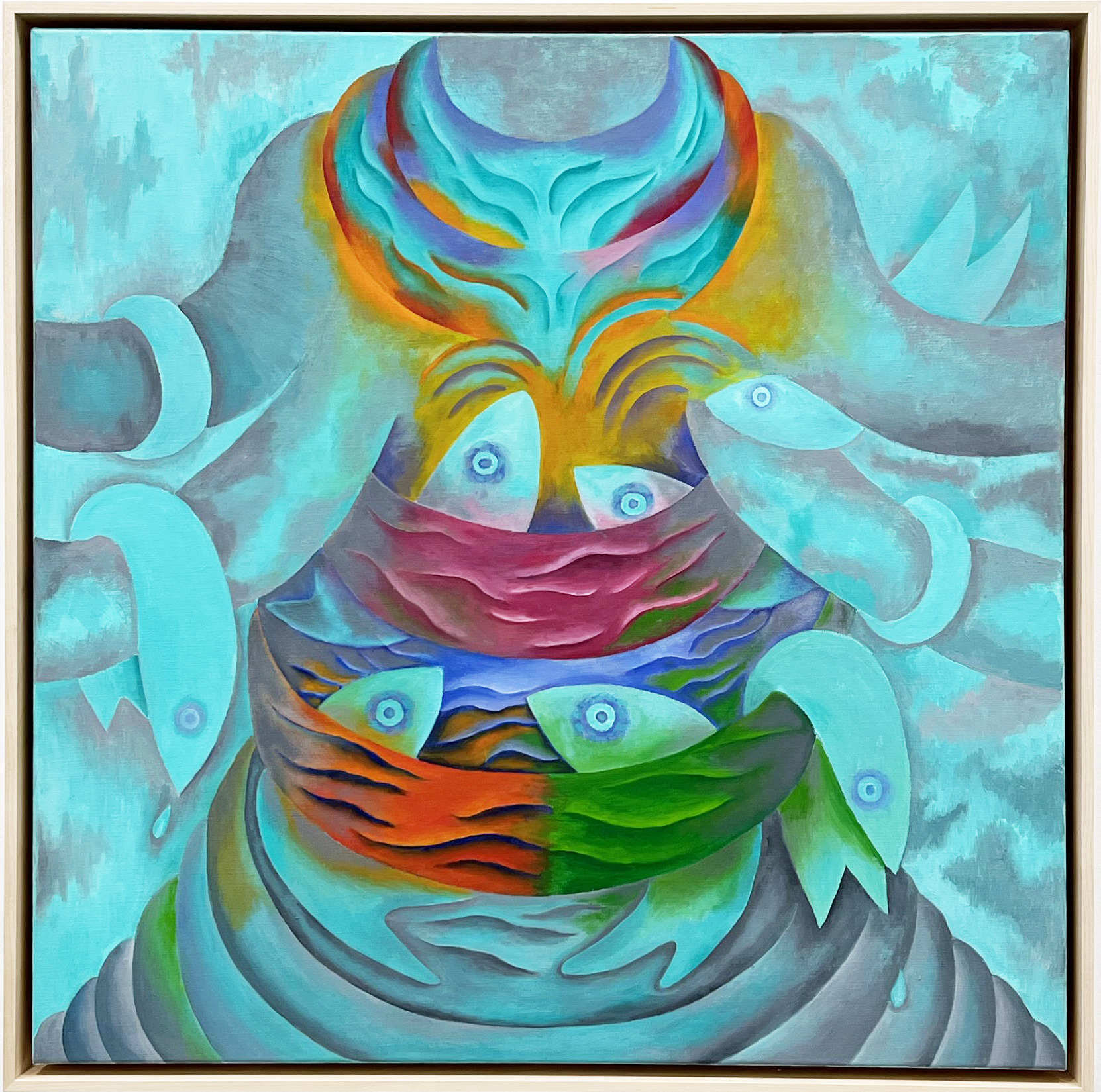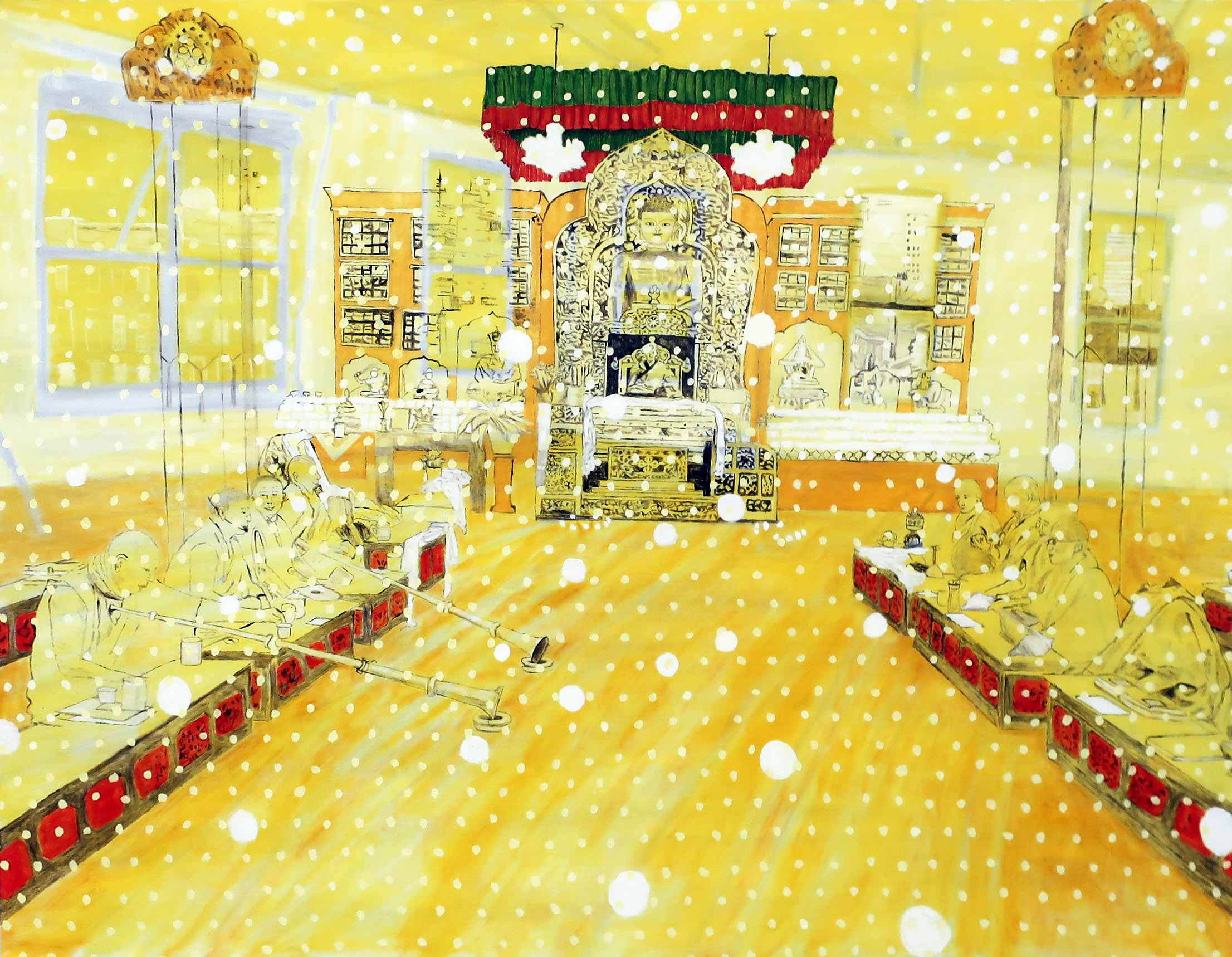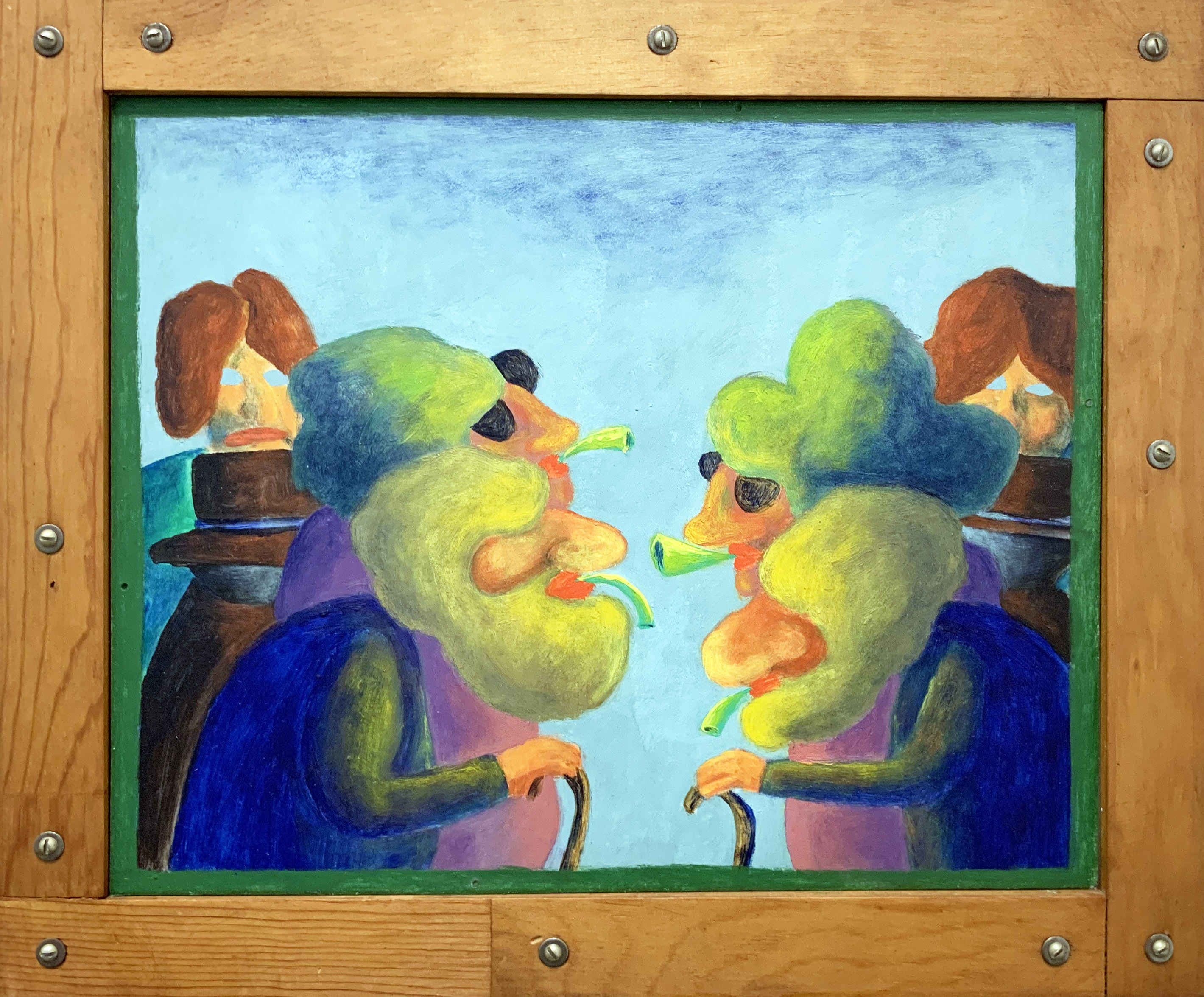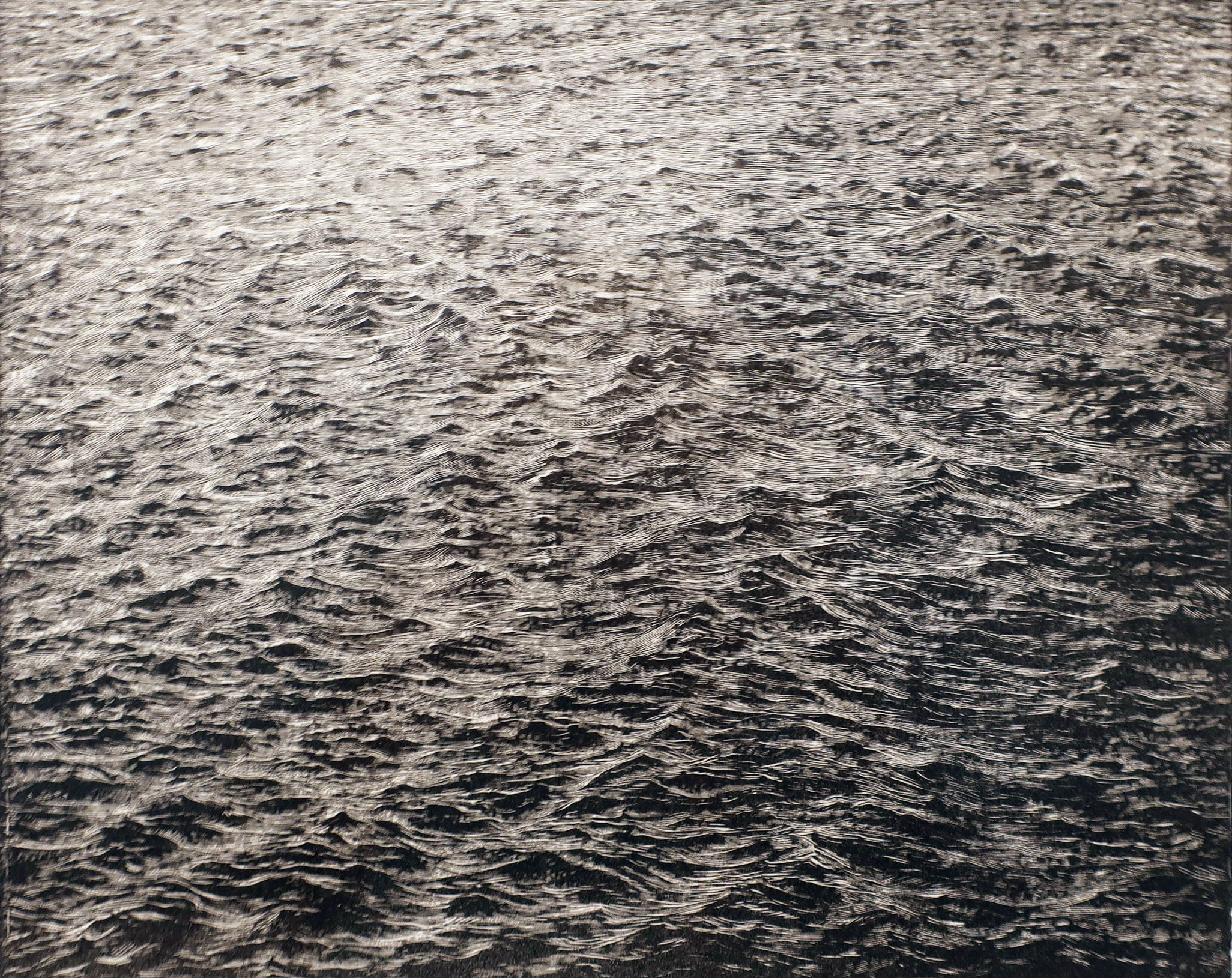In a 1971 letter, American artist Sturtevant declared her art practice not as anti-art but anti-great artist. Her trademark practice of making artwork resembling pieces by renowned artists including Andy Warhol, Keith Haring and here, Robert Gober, upends expectations and interpretation when artwork easily recognizable to an art-savvy audience turns out to be something else. In that moment of realization, she explained, “you’re either jolted into immediately rejecting it, or the work stays with you like a bad buzz in your head.” A selection of six pieces from the ‘60s to 2014 at Matthew Marks Gallery includes a reconsideration of Robert Gober’s own meditation on doubling. (On view in Chelsea through Oct 22nd).




